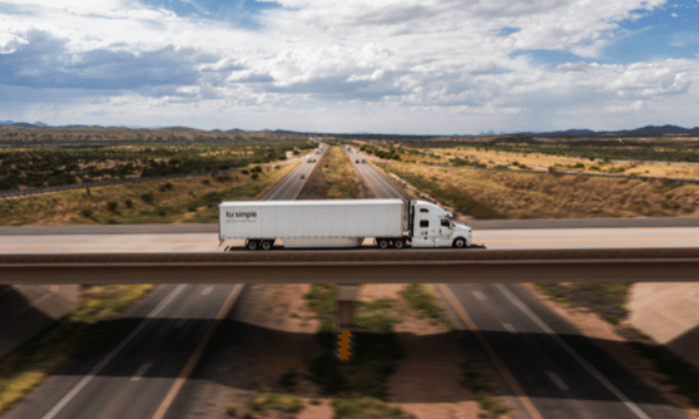The race to achieve fully autonomous driving is on with companies like Tesla, Cruise, Uber, Google’s Waymo, and others hoping to be first.
However, long-haul trucking may be the one to win the race, and the reason is simple: the need is great, and the reward is significant.
Escalating Shortages
At the 2022 National Conference of State Legislators, State Sen. Jeff Brandes (R-Fla.) said he believes 2030 is the year of automation. Still, long-haul trucking could get there sooner. He said millennials don’t want to be long haul drivers, and “our drivers are aging, but yet we have to move products around this country.”
ATA said the trends influencing driver demographics are a high average age of current drivers leading to high retirement and women not wanting to work as truckers.
The failure of drivers to pass drug tests, federal mandates related to age, lifestyle issues (people not wanting to be away from home), and failure of candidates to meet carriers’ hiring standards have also been a problem.
Efforts to recruit more and better candidates are ongoing, but even adding higher pay and generous benefits—including paying for college—and lowering the driving age requirement to 18 for 80,000-pound rigs haven’t solved the labor crisis.
Autonomous Long-Haul Trucks
According to technology insider IEEE Spectrum, more than a dozen companies are developing autonomous trucks. Plus, developing autonomous long-haul trucking technology is easier than developing the technology for passenger vehicles.Spectrum reports that while the underlying technology for autonomous cars and trucks are the same, passenger vehicles need to go anywhere its passenger wants.
Conversely, long-haul trucks “generally follow fixed routes and spend most of their time on highways that are more predictable,” and thanks to Global Positioning Systems (GPS), already have semi-autonomous modes of operation, it said.
A truck’s size is also helpful. “Trucks are also a better platform for autonomy, with their large size providing more power for computers and an improved field of view for sensors, which can be mounted higher off the ground.”
Still, while rigs have certain advantages, they also present unique challenges.
Chuck Price, chief product officer at TuSimple, a leading global autonomous driving technology company, said the dynamics and functions of a truck are different.
Specifically, Price said that trucks need to sense conditions farther out as their stopping distance is much greater than a passenger vehicle. However, TuSimple noted it has a solution that involves multiple HD cameras looking up to 1,000 meters ahead.
Fully Autonomous in 2027?
Thanks, in part, to companies like TuSimple, reports indicate that “fully autonomous trucks—including truck platoons of two or more trucks in which all trucks have a driver, but only the driver of the lead truck has full control of the vehicle—are anticipated to appear on highways” by 2027.However, experts agree this advance will come in “waves” as technology and federal regulations change to meet evolving safety standards.





